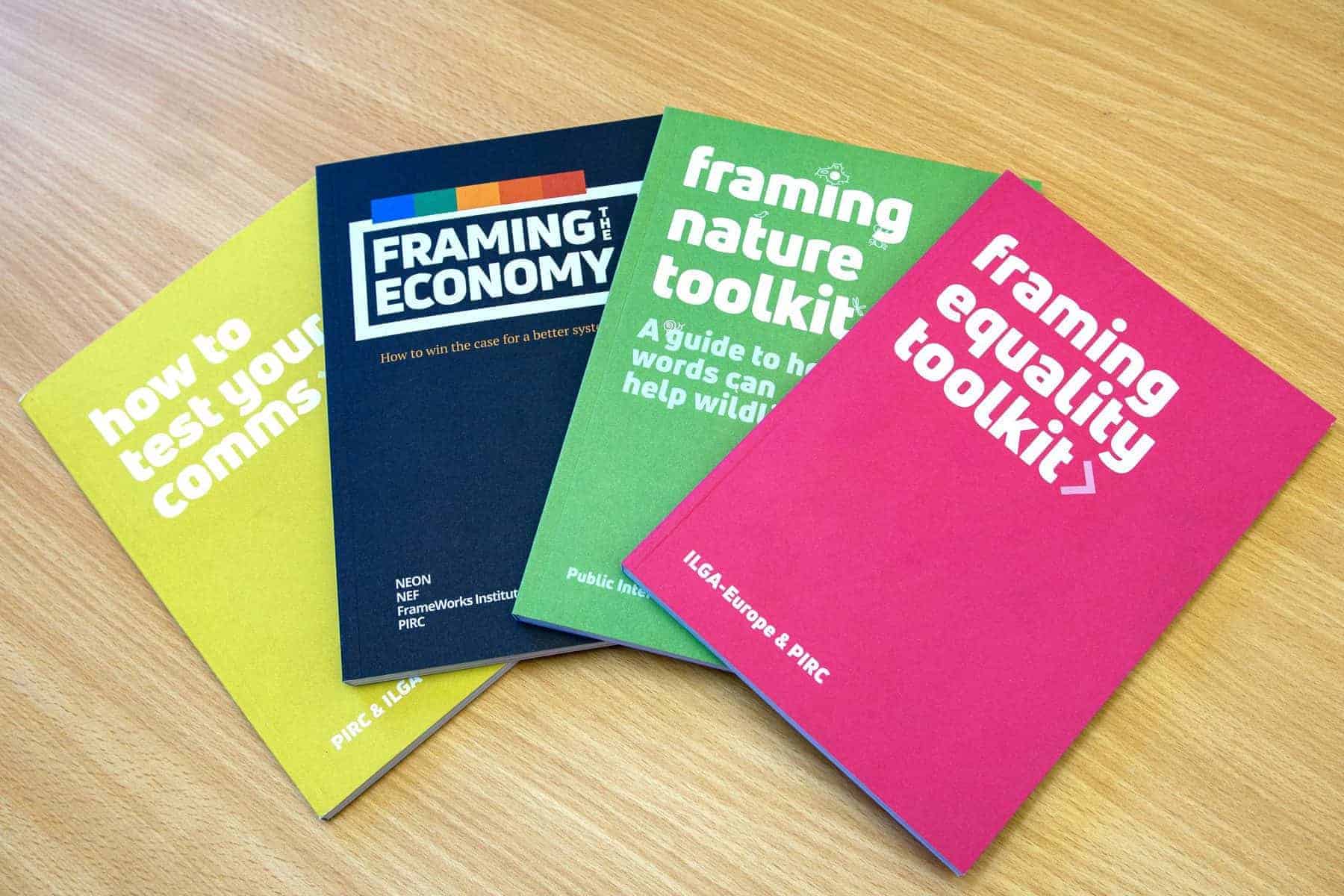A majority of the world’s nations yesterday signed up to the Copenhagen Accord and filed plans for emissions reductions, scraping over the UN deadline of 31st January for doing so. But the pledged actions fall far short of action needed to prevent global temperatures rising by 2 degrees C – the target adopted in the text of the Accord itself.
Instead, existing actions set the world on course for a 3.5 degrees Celsius temperature rise, according to earlier analysis of pledges carried out by consultancy Ecofys. PriceWaterhouseCoopers calculate that on current projections the world will burn up its allocated carbon budget for the first half of the century by 2034 – 16 years ahead of schedule.

There had been concerns in the weeks running up to the deadline that countries would not even submit pledges – a concern heightened when Yvo de Boer, Chairman of the UNFCCC, played down its significance, stating, “it”s a soft deadline, there”s nothing deadly about it.” Chinese and Indian officials had been briefing that their two nations might not sign up to the Accord, despite playing key roles in its creation. New Zealand wobbled about its commitment, only signing up at the very last moment.
Whilst most countries restated the emissions pledges they had made in the run-up to the Copenhagen talks, Canada took the opportunity to decrease its targets. In a staggering sleight of hand, Canada’s Environment Minister, Jim Prentice, said that he wished to “continentalize” his country’s emissions-reduction plan by harmonising actions with those of the United States. This means that Canada’s 2020 target drops from a 20% cut on 2006 levels, to a 17% cut on 2005 levels. Using the 1990 baseline adopted by most countries, this actually allows for a 2.5% increase in Canada’s emissions.
Most of the numbers submitted were expressed as ranges, subject to being ratcheted up or down depending on other countries’ commitments. Developing countries are not obliged to make absolute emissions reductions under the Accord, but instead are encouraged to set out plans for slowing emissions growth. Of these, China’s are the most ambitious, offering a 40 to 45% cut in carbon intensity per unit of GDP by 2020.
The most ambitious commitments came, ironically, from the world’s smallest and most vulnerable countries. The Maldives, which is set to be one of the first island-states to be submerged by rising sea levels, pledged to become carbon neutral by 2020 – a 100% cut in net carbon emissions. Latin American state Costa Rica pledged to match this target by 2021. The low-lying Marshall Islands also pledged a 40% cut by 2020.
A handful of countries have rejected the Copenhagen Accord and refused outright to sign up – including Cuba, Venezuela, Bolivia, and Sudan – nations which had also blocked the UN from adopting the Accord as a formal plan during the closing sessions of the Copenhagen talks.
A UN summary of signatory nations and their pledged actions had not been published at the time of writing.
This blog post first appeared on Left Foot Forward.





3.5 degrees is the ‘most likely’ outcome according to that analysis, but there will always be a range of temperatures from any given emissions pathway, there’s a lot of uncertainty involved after all. So it could be higher or lower than 3.5 degrees, there’s probably something like a 10% chance of it being over 5 degrees. If you know anything about risk management, that should start some alarms bells ringing!